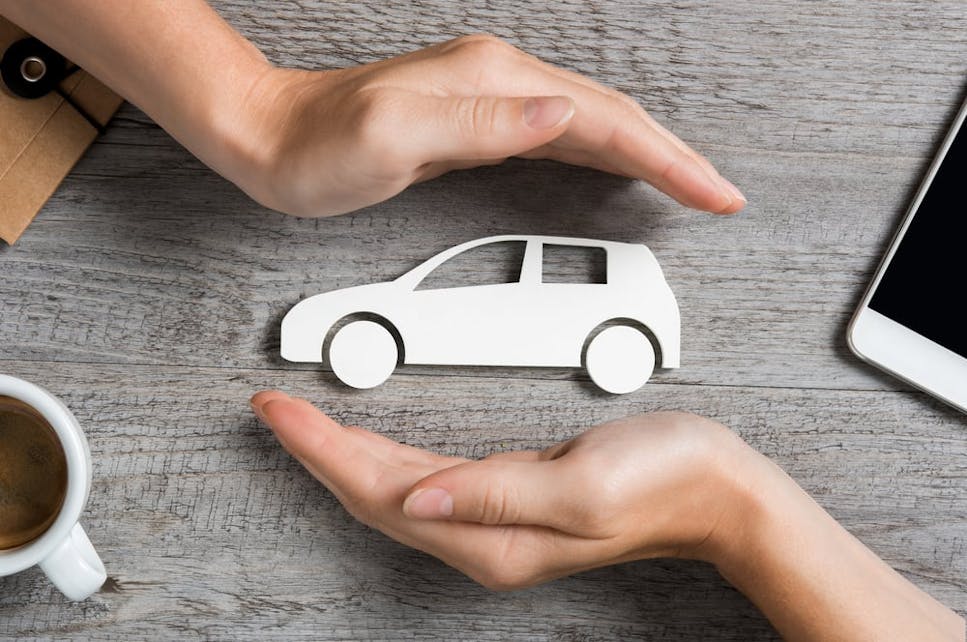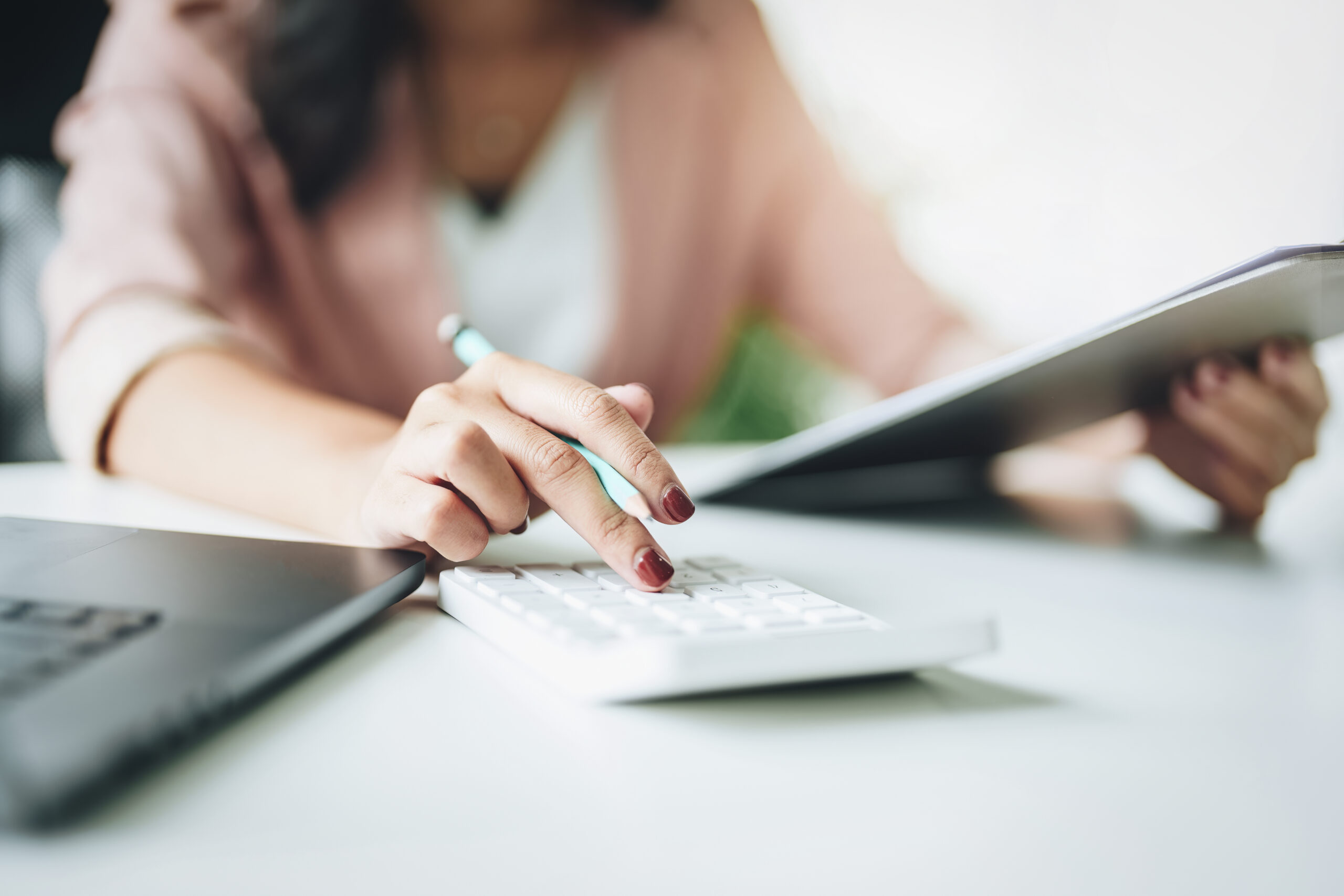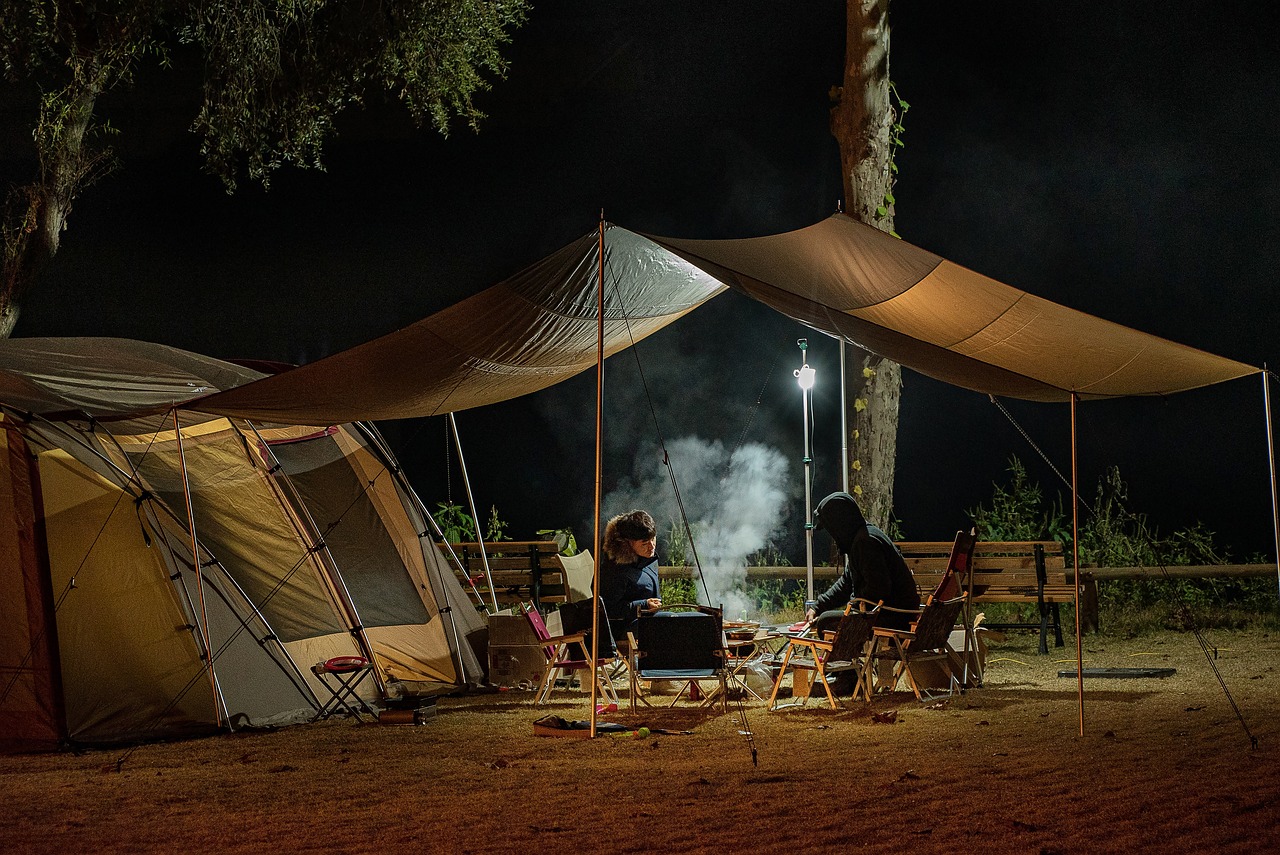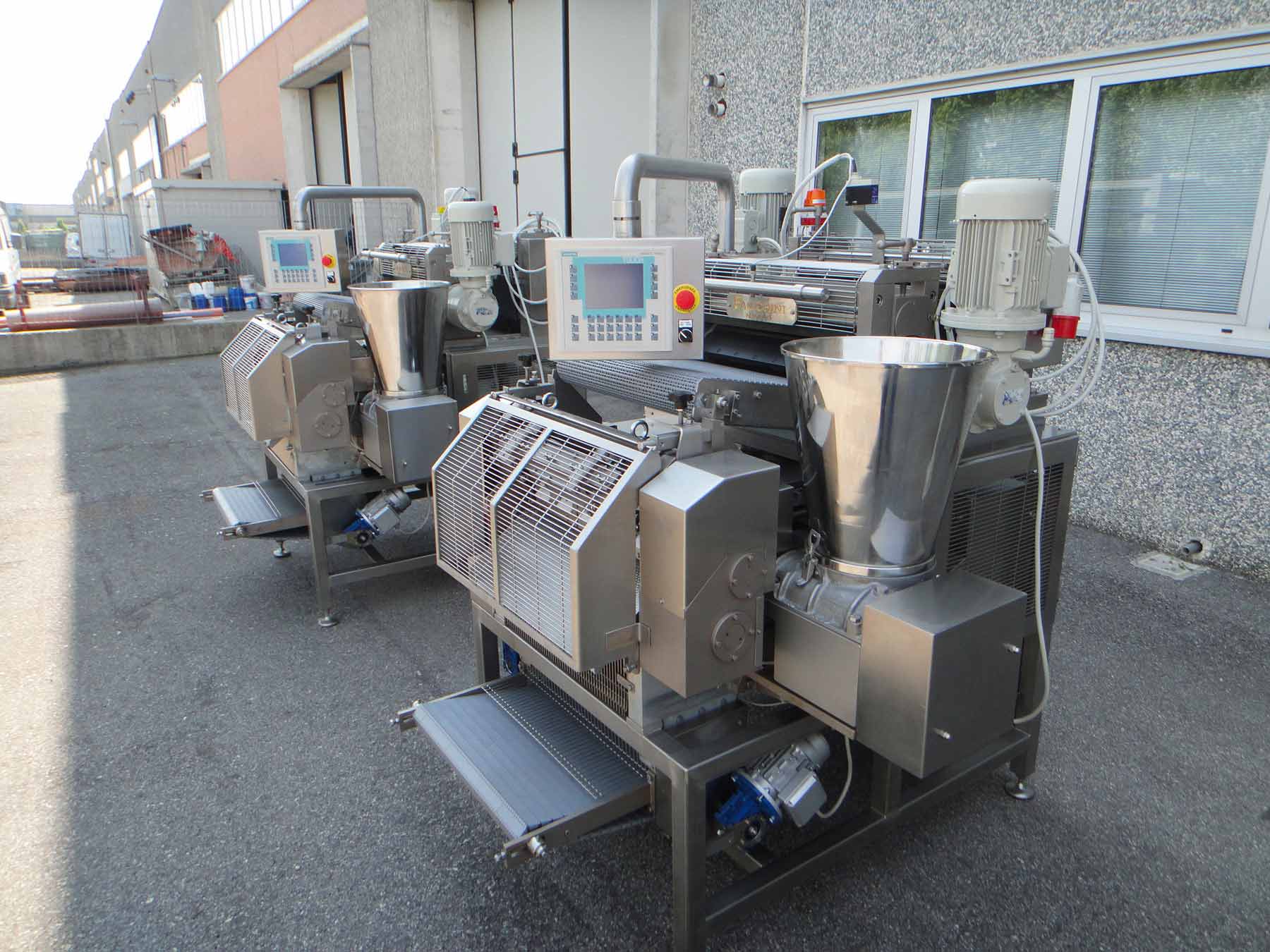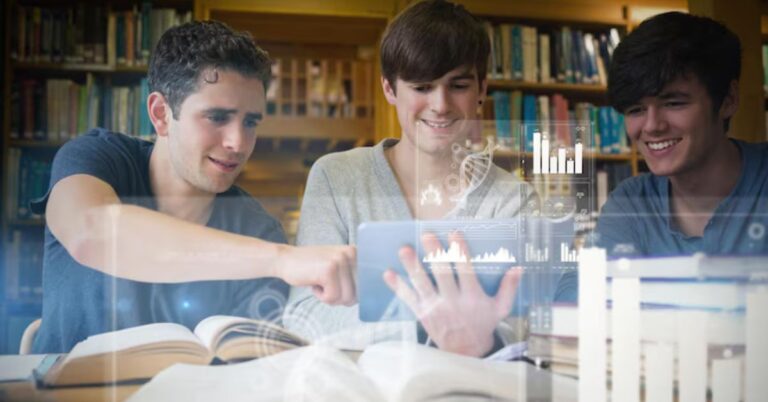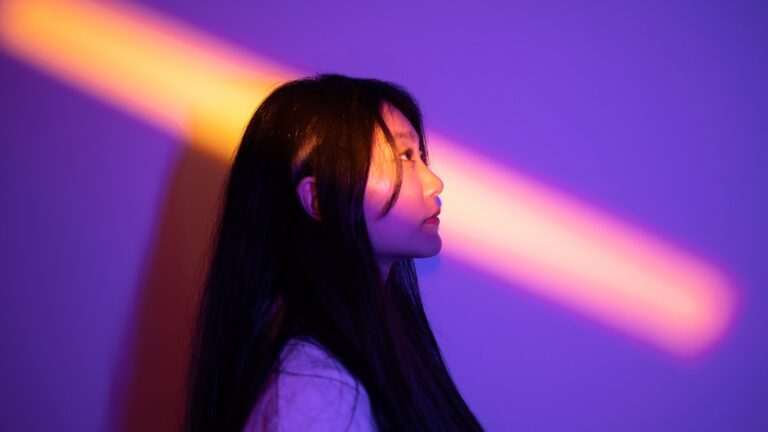In today’s creative scene, artificial intelligence (AI) is more than just a term; it is a full-fledged collaborator in the artistic process. AI is revolutionising the way artists, painters, and designers work, from sketching early concepts to creating full-fledged graphics. Whether you’re a traditional artist trying to branch out into the digital world or a digital native exploring new possibilities, AI technologies are boosting creativity like never before.
The Development of Artistic Tools: From Brushes to Algorithms
For millennia, artists have used tangible tools—pencils, paintbrushes, and canvases—to bring their thoughts to life. As the digital age progressed, applications such as photo editors and vector design programs became indispensable tools for creators. The next step is here: AI technologies that can think, learn, and generate.
These AI-powered solutions don’t merely aid; they actively participate in the creative process. They analyse patterns, duplicate styles, and even generate fresh concepts using minimum input. This translates to less time spent on repetitive duties and greater emphasis on innovation and expression.
Why are artists embracing AI?
There’s a popular notion that AI reduces creativity. In fact, it improves it. Here’s how.
- Faster Concept Generation: AI systems can generate many design drafts in minutes, providing artists a choice of options.
- Style Replication: AI training allows artists to apply their own style to new works or reproduce famous looks.
- Creative Exploration: AI stimulates creativity by offering surprising colour palettes, forms, and compositions.
These tools provide illustrators and designers with endless possibilities, ranging from character creation to branding imagery.
Use Case 1: AI in Illustration
AI-powered art tools provide intuitive sketching and colouring capabilities that replicate human-like strokes. AI allows illustrators to grasp line weights, proportions, and symmetry.
- Instantly transform crude sketches into polished artworks.
- Create several variations of a character or scene.
- 8Colour automatically according to learnt preferences and styles.
These technologies are extremely useful for comic artists, children’s book illustrators, and digital portrait designers that require speed and style consistency.
Use Case 2: AI for Painting Artists can profit from AI integration
AI-powered painting systems can transform basic brush strokes into intricate artworks with detailed texture, lighting, and depth.
- Abstract and conceptual art: AI tools are perfect for artists working with abstract forms and experimental designs.
- Realistic Rendering: With a few inputs, AI can produce lifelike scenarios, allowing artists to visualise their thoughts in real time.
- Style Transfer: One of the most intriguing features is the ability to mimic the style of famous artists or combine two styles to create a unique masterpiece.
This not only saves time, but also encourages experimentation.
Use Case 3: AI in Design
Designers work across a variety of platforms and media, including social media graphics and branding elements. AI tools assist them:
- Create fonts and layouts depending on the brand standards.
- Automatically generate design variations for A/B testing.
- Create templates for advertisements, posters, and web banners.
AI also streamlines the design feedback cycle. You can change one element and immediately see how it affects the complete layout, which used to take hours manually.
Exploring the Best Generative AI Tools for Artists
Now let us discuss one of the most important components of this transformation: the best generative AI tools.
Generative AI refers to systems that can generate content autonomously, such as photos, text, or videos. For illustrators and designers, this entails having a virtual assistant who can develop, refine, and occasionally even complete drawings based on creative intent.
The best generative AI tools provide the following benefits:
- Style Customisation: Artists can upload their work and teach the program to emulate their individual style.
- Prompt-Based Creation: Enter a short text description and watch a detailed image appear.
- Batch Generation: Generate many versions or frames of animated or iterative content.
Using the greatest generative AI tools, creators can create large portfolios, fulfil tight deadlines, and push the limits of their creativity without burning out.
How Free AI Video Apps Empower Visual Artists
While illustration and design have dominated the visual arena, video is gradually becoming the most popular internet content format. This provides an excellent chance for artists to animate their work or turn static pictures into dynamic storytelling assets.
A free AI video software can make a significant difference in this situation.
- These technologies enable artists to
- Convert still photographs or illustrations into animated sequences
- Sync images to background music or narrative.
- Add motion graphics, transitions, and text overlays with minimal manual input.
For example, a designer can submit brand materials, and the software can make short promotional videos appropriate for social media. Similarly, painters and illustrators can make fascinating reels that showcase their processes without the requirement for expert video editing skills.
The availability of a free AI video app allows producers of all levels—freelancers, hobbyists, and professionals—to broaden their reach into the video sector without investing in complex tools.
Real-World Applications of AI Tools in Creative Careers
- Portfolio Development
Artists may create vast amounts of work more quickly, making their portfolios more diverse and varied.
- Client Work
Clients now anticipate speedier response times. AI solutions let artists to deliver high-quality designs quickly while adhering to corporate guidelines.
- Merchandising
Illustrators may develop collections for print-on-demand platforms with minimal manual effort by employing AI to generate product mockups.
- Social Media Content
With options for both static and video content, artists can build a continuous online presence and expand their audience.
Ethical Perspectives and Human Creativity
AI’s fast adoption has raised legitimate worries about authenticity, creativity, and copyright. It is critical to remember that, while AI may mimic, it cannot replace the human touch. Artists provide emotions, tales, and cultural complexity that no technology can truly replicate.
Using AI ethically entails seeing it as a collaborator, not a substitute. The best results are achieved when human ingenuity drives the machine.
Final Thoughts
AI incorporation into the artistic process is not a threat; rather, it is an evolutionary step. Illustrators, painters, and designers are discovering new ways to create, iterate, and share their work. By embracing the best generative AI tools and exploring dynamic platforms such as free AI video apps, today’s creatives may work smarter, learn quicker, and create indefinitely.
In the hands of the appropriate artist, AI is more than a tool; it’s a blank canvas ready to be filled.



